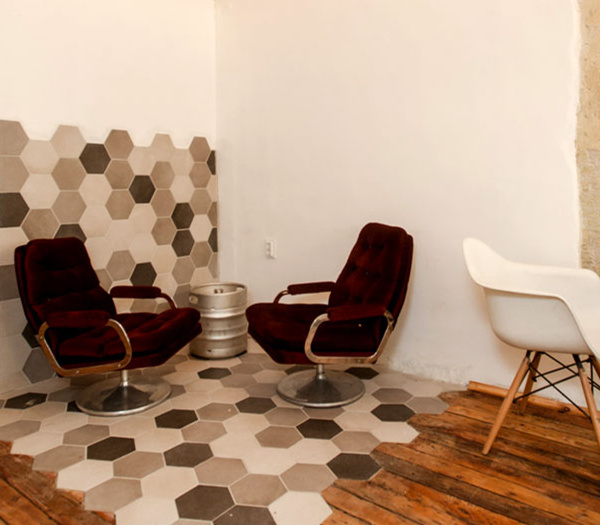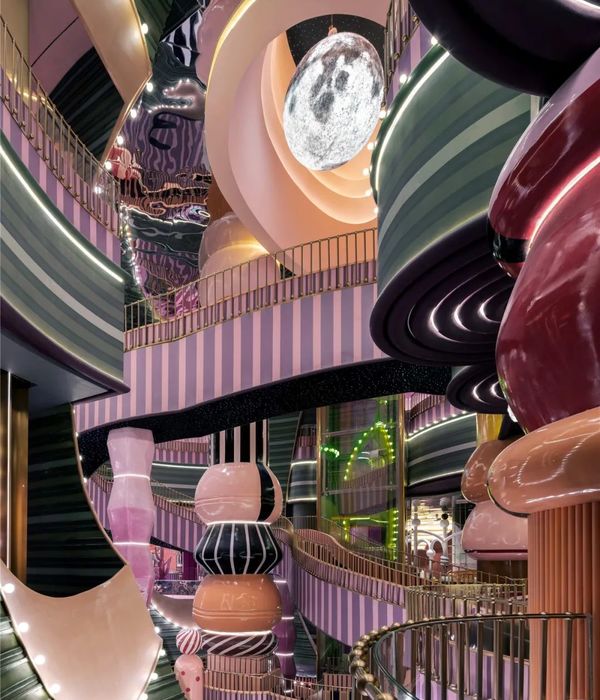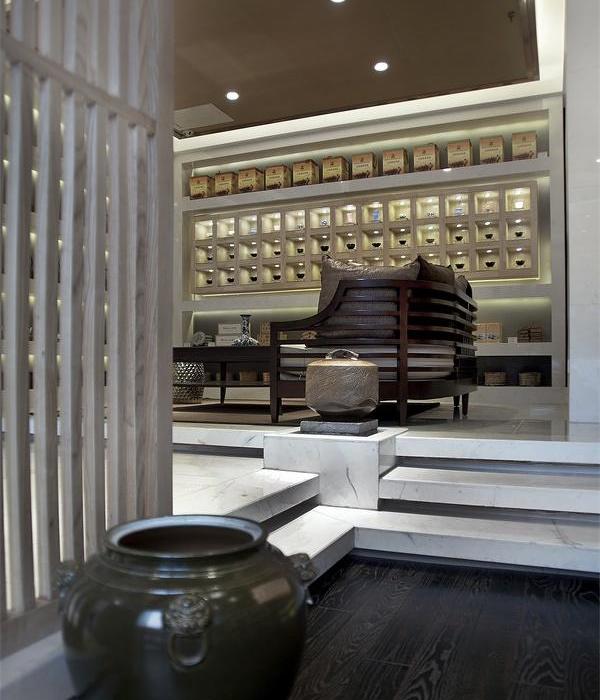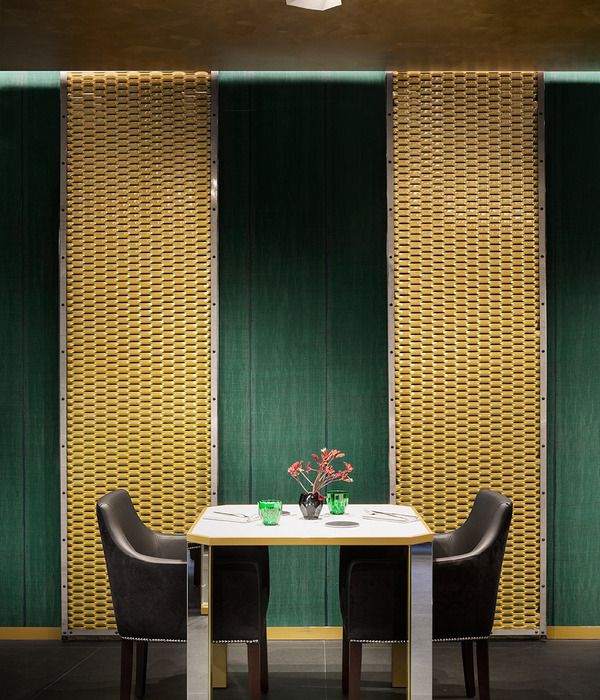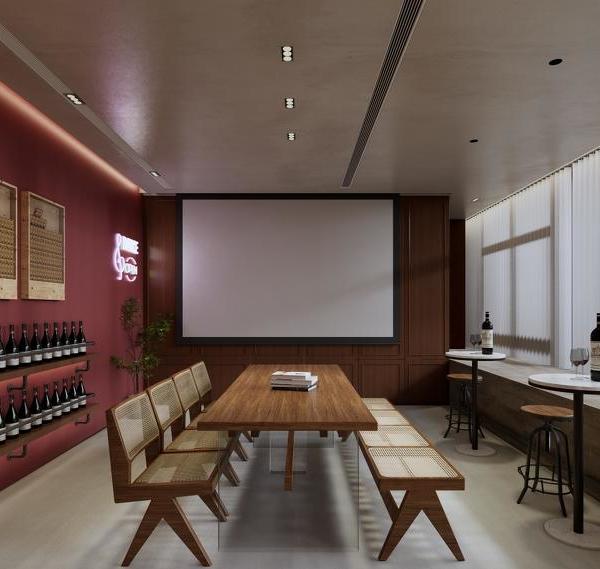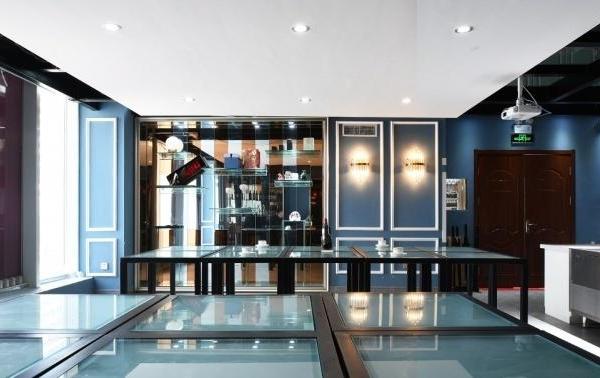This project is located in a fabulous historical building, built in 1888 by architect V.M. Lemke in the center of Nizhny Novgorod. Right after the construction, there were warehouses, repair shops, and shopping arcades. Then the purpose of the building changed several times, but the old red brick interiors, a suite of arches, and even massive wooden ceiling beams have been well preserved to this day. Even the finest details of the interior did not suffer in the course of time, for example, steel brackets mounted in the wall, which served for storage or factory functions.
We decided to leave the premises untouched, using it as a shell, and thus a dilapidated historical basis appeared as an installation for the modern objects granting it new functionality. The task was to design a ruin bar - brutal, but modern, and at the same time cozy.
In the entrance hall, there is the first block of the interior - a row of 4 booths made of a metal frame, separated by partitions made of reinforced glass. In the first booth, there is a wardrobe, in the rest of them, there are tables and benches. The metal-framed sofas, zoning the space of the large hall and making it more comfortable, follow them.
Near the windows, there are two massive tables for large companies, and above the tables, there are lamps that we have designed specifically for this interior. These lamps are an homage to the classic multi-tiered crystal chandeliers, however, they are made of simple and rough materials - rough metal and reinforced glass.
A fabulous effect of coziness and warmth is achieved with the play of light passing through the glass. In the center of the second half, we placed a communal table on the base of rough concrete blocks. Right above this tall table, there is a 3-tier glass chandelier, which brings an almost palatial effect to this factory space.
The serving counter from the open kitchen is also made of concrete blocks and wooden countertops. If you pay attention to the facade of the barrack, you cannot but notice that it is finished with galvanized profile sheet. In general, the main task was to collect a solid visual image from rough materials, saving the customer's budget. The next room is allocated for a minimalistic toilet block.
It is a cube of oxidized ferrous metal, installed between two brick walls. In total, it accommodated 6 toilet stalls and a washbasin area. Visible through the arched suite, this volume creates the effect of monumentality and enlivens the space, visually violating the arched harmony and making the corridor less monotonous. In the back hall, there is a dance area with a portable stage and a service bar. We tried to preserve the most intimate atmosphere there.
The main problem we faced was the problem of a total shortage and multiple increases in prices for finishing materials. This problem has arisen from the constraints in the economy due to Covid-19 and disrupted supply chains. However, in this situation, rough materials came in handy, which are produced in large quantities at local factories. For example, cement sheets and concrete blocks are the main finishing materials for partitions.
We looked for some decorative elements in vintage markets. The most notable of such items is the massive factory lamps from the USSR in the first hall. To create a more welcoming atmosphere, the designers used a variety of backlights and warm local lighting that emphasizes the sloppy RAW materials of the walls of the historic building.
▼项目更多图片
{{item.text_origin}}


